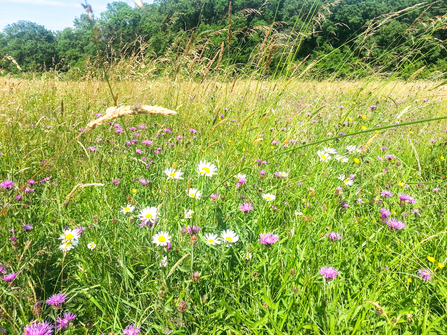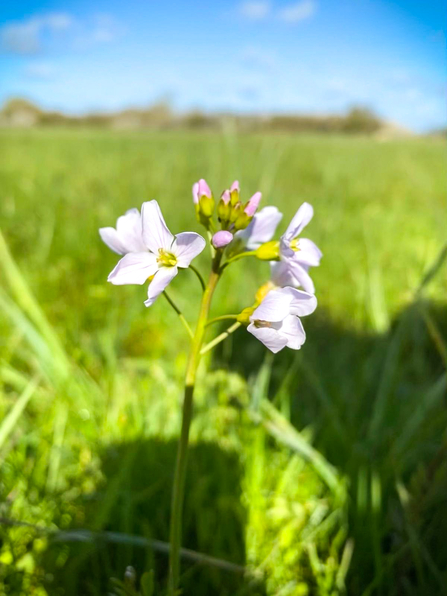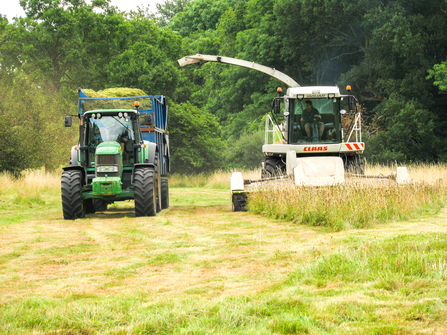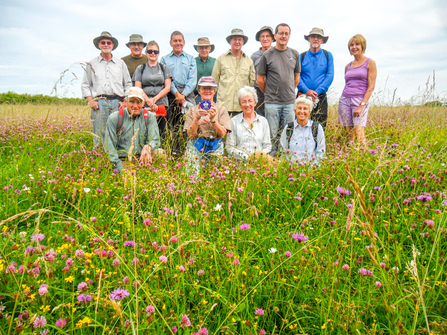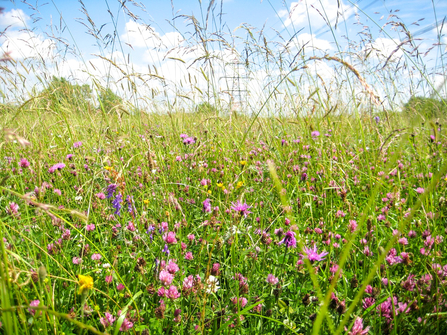CORONATION meadows designated by King Charles in Berkshire, Buckinghamshire and Oxfordshire have seeded acres of new wildflower habitat to benefit wildlife across the three counties.
Berkshire, Buckinghamshire & Oxfordshire Wildlife Trust (BBOWT) has revealed the success of the scheme on the 10th anniversary of its launch.
King Charles, then Prince of Wales, established Coronation Meadows in partnership with The Wildlife Trusts and Plantlife in 2013 to celebrate the 60th anniversary of his mother's reign.

